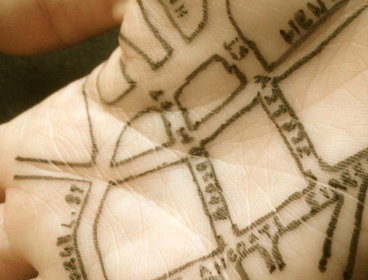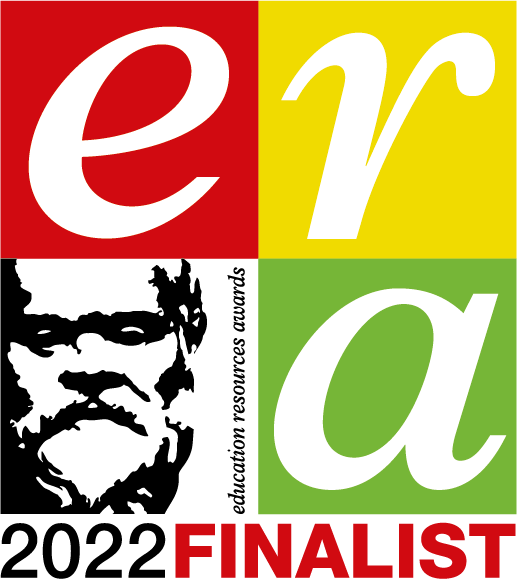
Home is where the heart is
Home
What is it that signifies home? Our homes are special places for us; we form attachments and remember lived experiences that have brought us enjoyment, or which have had a special significance in our lives. The home space is overlaid with associations of belonging and hopefully, it is where a child will say they feel safe and loved, secure and comfortable. Home is where young children spend a lot of time, and this has been especially true for many, given the restrictions brought about by the 2020 Covid 19 pandemic. The concept of home is part of the fabric of our lives, inextricably linked with our identity and childhood memories.
For many of us, for several months last year, our home space, and garden if we were lucky enough to have one, became even more the centre of our universe. Many children slept, ate, watched tv and played at home as per usual, but they also did their schoolwork from home too, perhaps in a room in the house that became a temporary study or perhaps in their bedroom. Many children did this in the company of siblings and perhaps one or both parents who were also working from home. Children will have many powerful memories of this time during lockdown: how did their use of this special place and important space in their lives change? This is something, that this activity will give you opportunities to sensitively explore in class.
Teacher Notes
Introducing the topic of ‘home’
Sensitivity is needed when introducing the topic of home as for a few children, talking about home may be difficult. If you know there are children in your class who might struggle with this activity, you could ask them to remember a special place where they felt safe and happy or to imagine an ideal room or home, that they can draw and talk about.
Key Questions
-
What do we mean by home?
-
What is your home like?
-
Why is it special?
-
Which is your favourite room and why?
-
What do you do at home and where?
-
How did your home change during lockdowns?
-
What kind of a house is your home?
-
Where is home?
Presentation: My Home Lesson 1 (see PPT ‘Stay Home 1 Home is where the heart is’ )
Getting Started
Start by asking children to talk about their home. What is it like? What is their favourite room? What toys do they have? Or pets? Let children tell a talking partner about the things they particularly like before trying to make a model of it using Lego, or bricks, drawing it or drawing a plan view. Very young children will find it easier to make a model, but older children will be able to think in more abstract ways and make a 2D plan. You could also ask children to sketch their house or create a map or plan of all or part of it as a homework task.
Possible Activities
Favourite room
What rooms do children want to draw the most? Which is their favourite and why? Discuss and compare choices in class. Have most children drawn their bedroom for example? Which is the next most popular space? Who has drawn the garden? Ask children to give reasons either verbally or in writing saying what they have drawn and why.
You could make models of rooms in shoeboxes too as well as drawing them. What features are in the room? Can children name them or create a key?
Best place for …
Which is the best place at home to watch tv? Take a bath? Eat dinner? Play with toys? Read a book? Do homework? Have a class discussion about this and ask children to create an annotated map of the home space showing where different activities happen.
This is an ideal opportunity to talk about and discuss changes brought about by lockdown too. How did spaces in their house change? Did they spend more time in different rooms than usual when they were being home-schooled? If they had a garden, was this a time to go outside more during the day? Children could create thought bubbles starting with “I remember … and add some of their memories of being at home during the lockdowns”.
Homes are special places
Discuss with children what it is about their home that they like and love. What is it that makes a home special to them? Discuss how it is not about how big a house is, or how many rooms it has, but about feeling safe, loved and happy; perhaps it is about the other people, such as parents, brothers, and sisters that live there too? Maybe there is a family pet? Maybe home means friends being able to come and play or other family coming to visit?
When you discuss what makes a home special, ask children to think about those things that changed during lockdowns. For example, perhaps children missed grandparents who were unable to visit, or friends who could no longer come around and play. Ask children to create a list of people and things that make a place special. These might include for example: family members and pets, playing with toys, having a bubble bath, eating dinner with the family, peace and quiet, laughter, etc. These ideas could be imported into individual or class word clouds.
Types of housing
You might decide to start with this section, or you might invite children’s open responses first to evaluate what they know and think before putting some formal mapping instruction in place. Show different images of housing with children and discuss the vocabulary needed, such as ‘detached’ ‘semi-detached’ and ‘flat’. Younger children will be learning this terminology, but older children may just need reminding. Some useful vocabulary is provided, see sheet Vocabulary 1 (link document).
When children can identify housing types by image, investigate what these might look like on a map. The mapping programme Digimap for Schools is perfect for using Ordnance Survey mapping and aerial imagery to help children understand how real life is modelled through maps. You can zoom into a topographical level to see individual house shapes and gardens, as well as street names and numbers.
Additional activities
-
model, draw or paint examples of different types of housing
-
Use an address and postcode to search on aerial imagery and maps to locate home. Add a marker or label.
-
Address an envelope or postcard home and say what you love about your home the most.
-
Talk about how addresses work.
-
Use Digimaps to add children’s maps, plans and images of their home to a map of the area, where they live.
-
Older children might want to explore the postcode layer on Digimaps for Schools and create a class map of home locations. Data can be imported into Digimaps from an Excel spreadsheet, saved as a cvs file that will map the locations automatically.
-
Older children could also use Geograph for Schools to search for images of flats, bungalows and terraced houses for example and save some of their favourites.
-
Discuss why many people in cities might live in flats and high-rise tower blocks.
Taking it further
You might investigate images of other children around the world with their toys and discuss how home is special to all of us but means different things.
Vocabulary (See vocabulary sheet ‘Stay Home 1 Home is where the heart is Vocabulary’)
NC links KS1 and 2 Geography
KS1
Pupils should..
understand basic subject-specific vocabulary relating to human and physical geography and begin to use geographical skills, including first-hand observation, to enhance their locational awareness.
-
use basic geographical vocabulary
-
use aerial photographs and plan perspectives to recognise landmarks and basic human and physical features; devise a simple map; and use and construct basic symbols in a key
-
use simple fieldwork and observational skills to study the geography of their school and its grounds and the key human and physical features of its surrounding environment.
KS2
Pupils should..
describe and understand key aspects of:
human geography, including: types of settlement and land use,
-
use maps, atlases, globes and digital/computer mapping to locate countries and describe features studied
-
use the eight points of a compass, four and six-figure grid references, symbols and key (including the use of Ordnance Survey maps) to build their knowledge of the United Kingdom and the wider world
-
use fieldwork to observe, measure, record and present the human and physical features in the local area using a range of methods, including sketch maps, plans and graphs, and digital technologies.
Links to other Areas of learning
English: reading, writing and talking about their homes.
Art and Design: drawing and creating plans
History: identifying change and using evidence to support this
About the Project: stories
During these extraordinary times, our homes have never been more important. Through the ‘Stay Home’ collecting project the Museum of Home in East London is inviting people across the UK and beyond to submit images, written words, audios and videos of their experiences of home during the COVID-19 pandemic.
About the Project: maps
The Mapping Home strand of the ‘Stay Home’ project is asking children and young people to draw a map of home. By asking them to express these spaces on paper, we hope to gain a better understanding of how their experience of the home space may have changed during the COVID-19 restrictions. The maps act as a tool for supporting children and young people in sharing knowledge of their unique experiential expertise of COVID-19 onto paper.
Web Links
Children From Around The World Photographed with Their Toys
Submit your maps
Please submit your Stay Home maps through www.rgs.org/stayhome – we are really interested to see what you have created!






